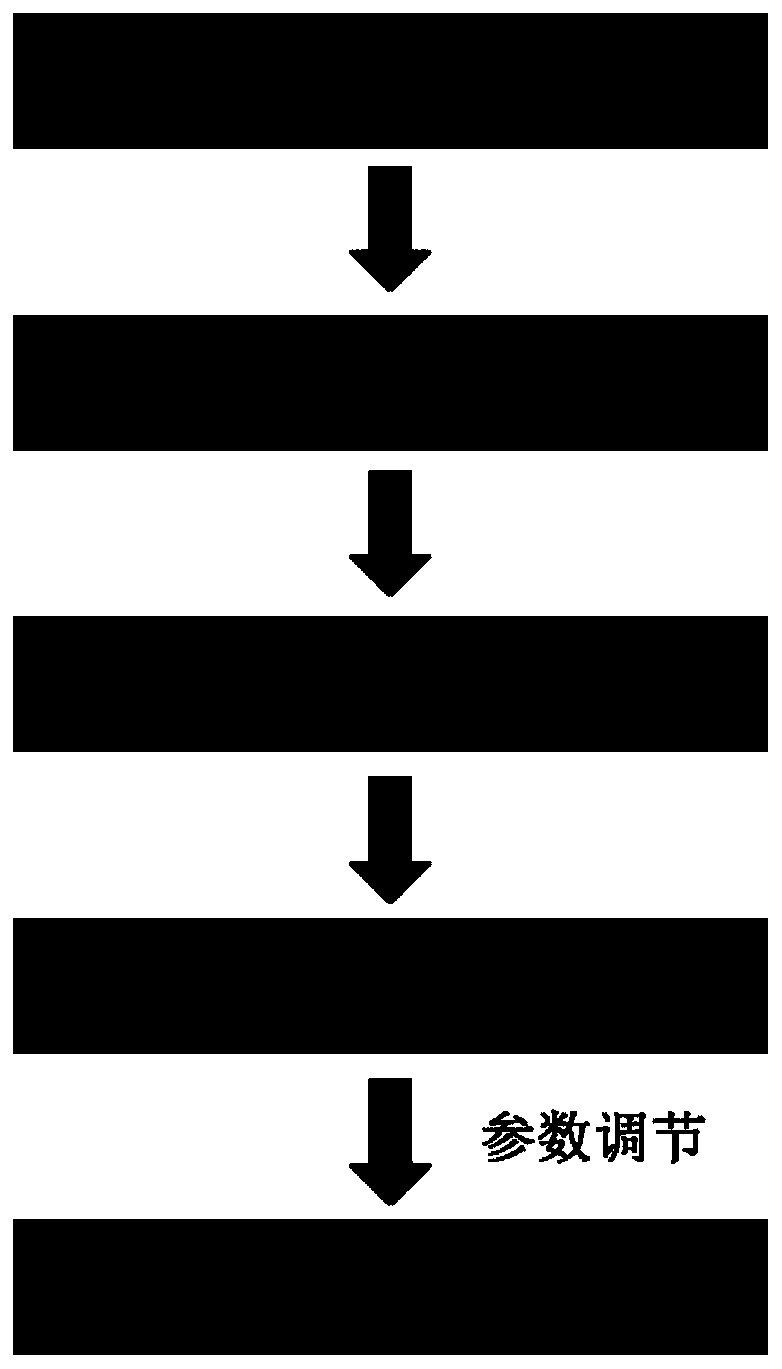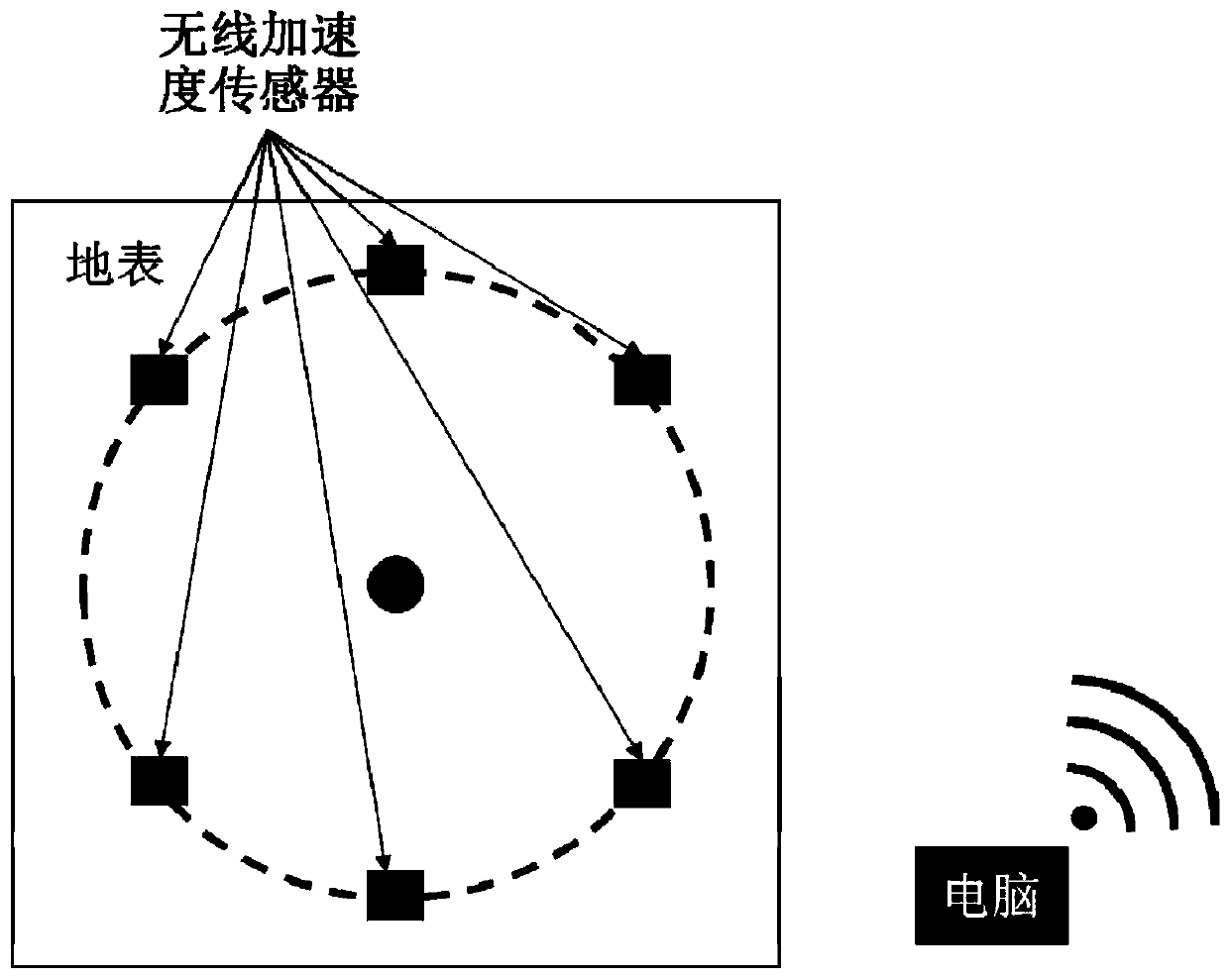Underground karst cave detection method based on pile hammer shock excitation and k-nearest neighbor algorithm
A detection method and k-nearest neighbor technology, applied in the field of cave detection, can solve the problems of complex and changeable, huge amount of response data, etc., and achieve the effect of large detection area, low cost, and cost reduction.
- Summary
- Abstract
- Description
- Claims
- Application Information
AI Technical Summary
Problems solved by technology
Method used
Image
Examples
Embodiment Construction
[0024] The present invention will be further described below in conjunction with specific examples.
[0025] Such as figure 1 As shown, the underground karst cave detection method based on pile hammer shock and k-nearest neighbor algorithm provided by this embodiment is as follows:
[0026] 1) Establish a model library containing different cave locations and sizes. A cubic soil layer model with a side length of 30m was established in Abaqus software, and the classic Mohr-Coulomb (Moore-Coulomb) constitutive model was adopted. Then set the boundary grid as the infinite element unit Cin3D8 to simulate the characteristics of the semi-infinite body of the soil layer, while the rest of the units are set as the finite element unit C3D8r. Such as figure 2 As shown, the shape of the cave is determined to be a sphere, the distance H between the top of the cave and the ground, the distance D between the center of the cave and the vertical distance of the piling shock point, the radi...
PUM
 Login to View More
Login to View More Abstract
Description
Claims
Application Information
 Login to View More
Login to View More - R&D Engineer
- R&D Manager
- IP Professional
- Industry Leading Data Capabilities
- Powerful AI technology
- Patent DNA Extraction
Browse by: Latest US Patents, China's latest patents, Technical Efficacy Thesaurus, Application Domain, Technology Topic, Popular Technical Reports.
© 2024 PatSnap. All rights reserved.Legal|Privacy policy|Modern Slavery Act Transparency Statement|Sitemap|About US| Contact US: help@patsnap.com










